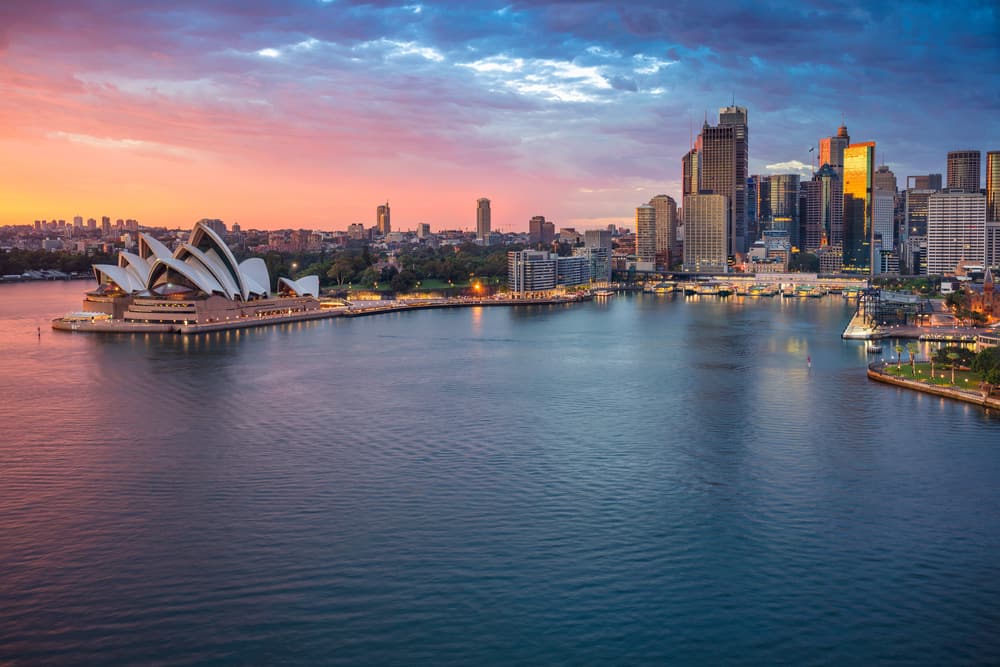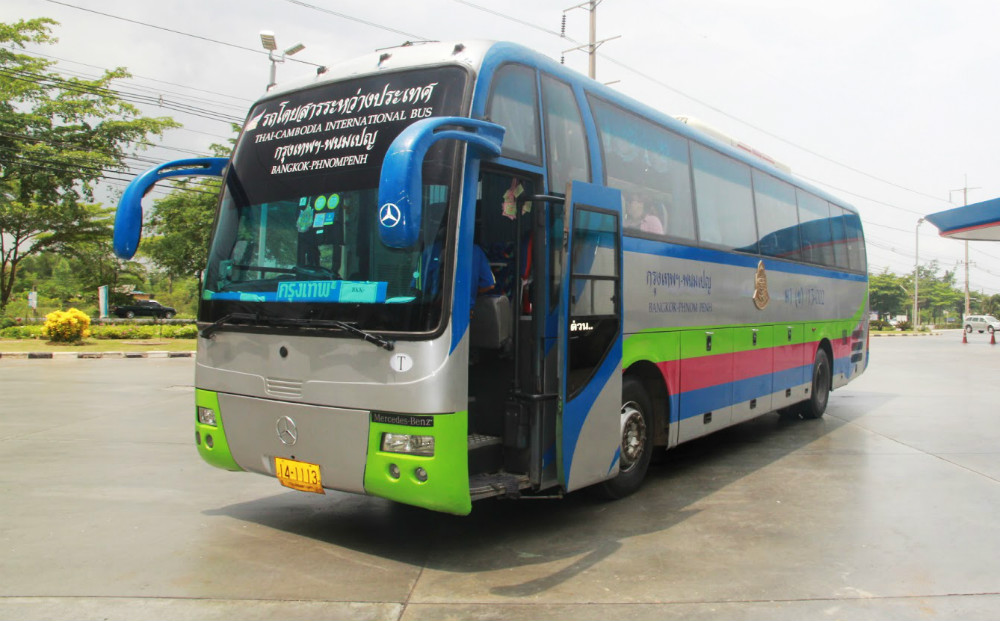Planning is an essential part of any trip, and just like elsewhere, there are certain things you need to know before visiting Vietnam – especially if you are a first time visitor. While you wo not have too much to worry about in Vietnam, it is always best to know what you are getting yourself into before arriving at a new destination. To help you plan the perfect trip, here are my top 16 Vietnam travel tips so that you can spend less time stressing and more time enjoying this fascinating country!

Top Vietnam Travel Tips: What You Need to Know Before Visiting Vietnam
1. Get Travel Insurance
First things first – travel insurance is a must when visiting any country, let alone Vietnam. For this reason, it is arguably the most crucial travel tip for Vietnam not to overlook.
Although Vietnam is a relatively safe country to visit, it is important to be prepared for unforeseen circumstances. And that does not just include petty theft. Food poisoning, getting injured during an adventure activity, losing your valuables, or even missing a flight are just some of the things that can really ruin your Vietnam trip.
The point is you never know what can happen, and if you find yourself in a pickle, chances are you are really going to wish you forked out a few extra dollars for travel insurance. World Nomads is my go-to travel insurance provider, and honestly, applying online is super easy. In a few quick clicks, you will have comprehensive cover tailored to your budget and travel needs. Win-win-win!
2. Choose the right season to visit
Vietnam is a massive country spanning more than 1600 km from north to south. While the weather in Vietnam might not be at the top of your worry list, choosing the best time to visit Vietnam is an important part of planning the perfect trip.
The country has a tropical monsoon climate with high humidity throughout the year and rather unpredictable weather, including everything from typhoons to frequent downpours to relentless heat. Added to that, the temperature can vary drastically depending on where and when you visit.
With that said, though, if you are planning to see a bit of everything, the best time to visit Vietnam is either in spring (March – April) or autumn (September – December). During these months, expect pleasant temperatures throughout most of the country.

3. Do not forget your visa
Most nationalities need a visa to enter Vietnam, except for several European passport holders, such as citizens from the UK, France, and Germany. If you are from one of these countries, consider yourself lucky, because you can enter Vietnam 15 days visa-free.
For the rest, chances are high you will need to apply for a visa beforehand. While some countries citizens can apply for a visa online (read more about it here or use iVisa to sort everything for you), South Africans need to apply in person at the nearest Vietnam embassy. It is definitely a bit of a mission, but the effort will be worth it – especially since you will get to experience one of the most beautiful places in Asia!
4. Know how to get in and out
As already mentioned, Vietnam is a huge country packed with loads of beautiful places to go, ancient landmarks to explore, and amazing things to do. Choosing where to arrive and depart is, therefore, another important Vietnam travel tip to keep in mind.
Three main international airports serve Vietnam: Noi Bai International Airport in Hanoi, Tan Son Nhat International Airport in Ho Chi Minh City, and Da Nang International Airport. If you are planning to see a bit of everything, the easiest would be to arrive in the south and depart in the north (or vice versa). Search and compare flights here on Skyscanner.
No matter where you arrive, it is straightforward to get from any of these airports to the city center. Buses and taxis are readily available and very affordable. Do not feel like planning a thing? Grab a private transfer here:
5. Know how to get around efficiently
Vietnam is one of the cheapest countries to visit in Asia and getting around is super easy and affordable. As a result, it is a great destination for budget travelers and backpackers. With everything from trains to buses, Vietnam has a vast and efficient transport network that can literally connect you to all its corners.
Some of the best long-distance travel options include sleeper buses and overnight trains. These are especially ideal for travelers who want to cover large areas of land at dirt cheap prices. 12Go Asia is a great source to find and book tickets for buses, trains and transfers. While you will undoubtedly be saving money, you should know that traveling by train or bus is not for everyone. Journeys are long, and it is not exactly the most sanitary way of traveling.
If that is not for you, flying is your best bet. Vietjet is the countrys top low-cost carrier, and local flights are cheap and plentiful.

6. Opt to use Grab Taxi
Most cities in Vietnam are surprisingly walkable, but it is always good to know you have other options when you are too tired to walk. (By the way, looking for cute and comfy travel sneakers? Check out my guide on travel sneakers for women).
Among the many ways to get around in the cities include taxis, local buses, bicycle rickshaws, and even motorbike taxis. Oh and travel tip – the latter might seem like a fun ride, but it is not for the faint-hearted!
All of the above options are generally quite cheap. But remember to agree on a fixed price with the driver beforehand. Vietnams taxi drivers are notorious for ripping off tourists!
The easiest way to avoid this unpleasantry is to use Grab Taxi instead. Grab is a popular ride share service, similar to Uber, where you book a ride using their app. The best part? You will know exactly how much your ride will cost and how long it will take to reach your destination.
7. Get a local Sim card
Whether you are planning a 5-day Vietnam itinerary or staying a bit longer, getting a local SIM card or pocket wifi is highly encouraged (especially if you are a first-time visitor to Vietnam).
Even though most hotels and posher eateries are likely to have free (and super fast) wifi, having access to all your favorite travel apps like Google Maps, Google Translate, and Grab Taxi 24/7 can help avoid unnecessary stress.
The easiest way to stay connected on your trip is to grab a SIM card right upon arrival. You can book one online here or head straight to one of the various vendors on site. Alternatively, have one delivered directly to your hotel to save the hassle:
8. Be aware of scams
One of the most important travel tips for Vietnam to know about is scams. Scams are plentiful in Vietnam and even more so in touristy spots like HCMC and Hanoi. I hate being ripped off, as I am sure you do too. The easiest way to avoid feeling salty is not to let it happen. While that is probably easier said than done, especially when traveling in unfamiliar territory, the good news is that it is possible!
The first Vietnam tip you need to know about is to try and book your tours or trips through a reputable website beforehand. I personally love Klook and book most of my tours through them. They have tons of options at reasonable prices. Plus, the reviews really help make choosing the perfect tour so much easier.

Of course, booking activities through a local tour operator is also possible. In fact, you will be hard-pressed to turn a corner in any of Vietnams tourist hubs without spotting several of these companies! If you must use one of these services, then you are definitely going to need my second most important Vietnam travel tip for booking tours. Shop around before committing to anything, because prices vary greatly from one operator to another.
Most tour operators in Vietnam will gladly spend hours explaining different packages, tours, and trips. Do not feel intimated or obliged to book a tour right then and there. Instead, thank them for their time and tell them you will think about it. Then move on to the next tour operator. After a visit to several different sites, you will have a good idea of which company offers the best package at the best price for your needs.
9. Learn a few key Vietnamese phrases
The official language in Vietnam is Vietnamese, but English is widely spoken in more touristy places. While it is unlikely that you will have any trouble with language barriers in the bigger cities, it is always a good idea to know the basics. Here are a few key phrases that will make your trip a whole lot more enjoyable and perhaps even impress a few locals:
Hello – Xin chào
Goodbye – Tạm biệt
Thank you – Cám ơn
Sorry – Xin Loi
Please – Làm ơn
Yes– Dạ
No – Không
How much is it? – Cái này giá bao nhiêu?
Please help me – Làm ơn giúp tôi
Where is the bathroom? – Nhà vệ sinh ở đâu?
10. Carry enough cash with you
In general, cash is king in Vietnam, so make sure you carry enough cash with you, especially if you are visiting markets or low-key eateries. Most hotels, tour operators, and fancier restaurants do, however, accept debit or credit cards, but remember service fees may apply,
If you run out of cash, you wo not have too much trouble finding an ATM. But not all banks accept foreign cards, so it is best to try one of the bigger branches like HSBC and Citi Bank that accepts Visa or Mastercard. Also, keep in mind, it is best to withdraw AND exchange money right at the airport, where you will get the cheapest rates. If you must use a local ATM, try to withdraw large sums at once to avoid hefty bank charges. The withdrawal limit typically ranges between 2,000,000 to 3,000,000 VND, with fees ranging from 22,000 to 99,000 VND.
Just make sure your hotel room has a safe where you can keep your money locked up because you really should not be walking around with large sums of cash in Vietnam!

11. Learn to haggle (really fast)
If you are visiting Vietnam for the first time, then you are in for a real treat. Everything is dirt cheap, and haggling is standard practice at markets and hole-in-the-wall stores.
With that said, though, you should know that prices (for tourists) are generally hugely inflated, and the only way to get a lower price is to haggle! Do not be afraid to ask around first to get a good idea of the bargaining range. Decide on a price you would like to pay and stick to it no matter what.
If you are not American like me, then another thing you will need to get used to very quickly is converting currencies! Most vendors only give prices in USD, so best to figure out the conversion rate before you make a trip to the market.
It is also a good idea not to flaunt any flashy belongings like watches, designer bags, and your fav pro camera because those also play a part in the initial price you will get. Another tip to know is, do not shop near the entrance of a market. These stores are famous for asking steeper prices!
12. You do not need to tip
Like elsewhere in Southeast Asia, tipping is not really a thing in Vietnam. So whether you are dining at Hanoi best restaurants or grabbing some sidewalk grub in Ho Chih Min City, leaving a tip is generally not required. However, if you decide to splurge on a fancy dinner or pop into a swanky eatery, expect a 10% service fee already worked in on your bill.
As for hotel porters and tour guides, be prepared for the death stares if you do not give them a tip! It does not need to be much, but it is the norm here. So, remember to keep some small change (ideally US dollars) handy.
13. Do not drink the tap water
Another big mistake to avoid in Vietnam is drinking the tap water. The tap water in Vietnam is not safe to drink, and you are almost guaranteed to get sick!
To avoid ruining your entire trip, rather buy bottled water. A 1.5 liter of bottled water costs less than a dollar and can be bought practically everywhere – from convenience stores to local restaurants to even your hotel.
If you are visiting Vietnam on a budget, another option is to invest in a good reusable water bottle that you can refill at your hotel water fountain.

14. Pack the right clothes
Knowing what to pack for a Vietnam trip is another important thing you need to know before visiting Vietnam.
Since the humidity is quite intense in Vietnam, it is best to pack lightweight, breathable clothes made of linen or cotton that wont leave you sweaty or weigh you down.
Unless you are visiting during winter (mid-December – March), there is really no need to pack a ton of warm clothing. Instead, opt for shorts, skirts, your favorite tees, and summery dresses. With that said, it is still a good idea to bring along one or two lightweight jackets, jeans, and long-sleeved shirts for the odd chilly day or if you intend to go hiking. No matter when you visit, though, do not forget your raincoat!
Also, if you are going to visit Vietnams incredible religious sites, remember to to pack accordingly. A simple sarong will do in most cases, but just make sure that you can cover your knees and shoulders.
15. Do not forget to bring bug spray and sunscreen
Although you wo not have to worry about malaria in the major tourist areas of Vietnam, dengue fever and the Zika virus are not uncommon. Make sure to protect yourself from any bites by packing a good mosquito repellant like this.
Sunscreen is another essential item to pack when traveling in Vietnam. While you wont have too much trouble finding sunscreen at a local grocery store or even in a convenience store, it is important to know that most sunscreen brands in Asia contain whitening agents that can change your skin color. Make sure to bring your favorite brand along for a worry-free trip. If you are a conscientious traveler, this reef-safe Banana Boat sunscreen spray is your best bet.
16. You might need a travel adapter
The standard voltage in Vietnam is 220V with a frequency of 50Hz, and the typical plug types are A (2 vertical pins), C (2 round pins), and F (Schuko plug).
While these plug types are pretty standard in most countries, it is important to check the voltage compatibility before trying to plug your device into a socket in Vietnam. If your device runs at a different voltage, it is best to invest in a good travel adapter. This travel plug works in 150 countries and has four USB sockets, so you never have to worry about keeping your devices juiced up.




1655654361.jpg)

